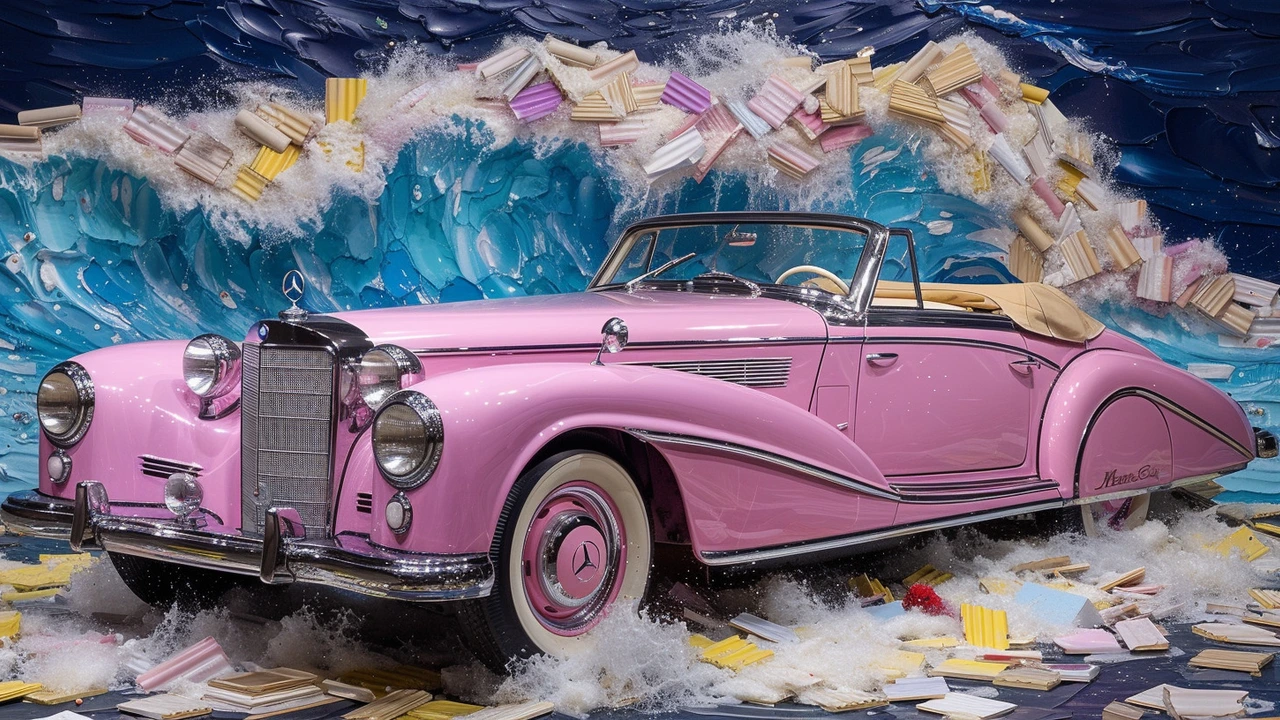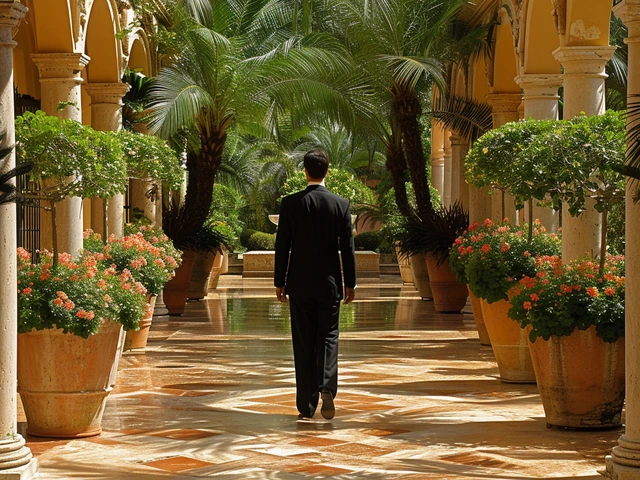Initiating Dada: A Rejection of Reason and Logic
Art, oh glorious art. It can be soothing like a soft whisper of a gentle breeze, or as rebellious as a storm overwhelming a coastline. It's a funhouse of emotions, numerous expressions, and undefinable boundaries. And when it comes to boundary-breaking, no art movement did it quite like Dadaism. What's Dadaism, you wonder? Let's dive in, shall we?
An ironic upheaval of art and culture, Dadaism is a unique marvel from the early 20th century. It began as a means of protest against the senselessness of World War I. The movement was born out of the belief that the logical reasoning of capitalist society had led humanity into this dreadful war. This passionate group of artists believed that only an illogical, absurd form of art could expose the madness of this society.
The Dada Zephyr: Through Zurich to New York
The Dada movement was first ignited in the heart of Europe, in a city bubbling with multicultural vivacity: Zurich, Switzerland. The Cabaret Voltaire, a little inn nestled in the city's old town, was where it all started. By 1916, artists from across Europe who had fled their war-torn homelands congregated here to voice their discontent, their medium: radical art.
But Dada did not stay confined to Europe for too long, it was too wild to be tamed by the limits of geography. My friends, it hopped over the Atlantic to land in New York, creating a ripple and leaving an indelible imprint on the American art scene. A living testimony to its versatility and reaching out beyond boundaries and cultures.
Playing With Randomness: Dada Techniques
How does one primarily rebel against norms in art? By playing with randomness and rejecting conventional crafting methods, of course! Dada artists loved experimenting with techniques that placed emphasis on chance and randomness. It might seem odd to you, like watching a movie backwards, but then, isn't that the essence of Dada?
One technique that was widely used is the collage, such as those by Hannah Höch. And who could ignore the photomontages of Raoul Hausmann? But my personal favourite is the use of readymades by Marcel Duchamp, where ordinary objects were designated as art. Would you believe that Duchamp signed a urinal with the pseudonym 'R.Mutt' and displayed it as a work of art by the title 'Fountain'? When I first came across it, I laughed out loud, thinking it was as outrageous as my Aunt Mabel knitting sweaters for her cats!
The Gist of Jest: Humour in Dada Art
Dada artists wielded humour as effectively as a painter wields his brush. They liberally sprinkled their artworks with a healthy dose of satire and absurdity, thereby achieving a potent means of political and social commentary. This sense of whimsical cynicism resounds in Dada art, like a chuckle rippling through a silent auditorium.
Humour was pervasive in their writings, paintings, performances, and public demonstrations. The Dadaists' playfulness was infectious, spreading around the world and seeping into other art forms. All of this rooted in the belief that art mustn't always wear a stern face, sometimes it should sport a cheeky grin, something I remember when I'm creating my offbeat doodles in rush-hour traffic jams.
The Chameleon: Dada's Influence on Other Art Movements
The Dada tickle of rebellion spread, leading to the genesis of many subsequent avant-garde art movements such as Surrealism, Pop Art, and Conceptual Art. The rebellious heartbeat of Dada found a rhythm in these movements, ensuring its spirit lived on, much like the lingering taste of a delicious dish after you've finished it. Dadaism was indeed the bridge that led to contradictions and reevaluations in the art world.
Just imagine the art world as a tranquil pond, and Dadaism was like a stone cast into it, creating ripples and waves altering the surface. The magnificent murals of pop art, the dreamy visuals of surrealism, or the provocative minimalism of conceptual art- all owe a bit of their essence to the bold audacity of Dada. Even my own little scribbles and collages have been inspired by this audacious art movement.
Is Dada Dead? A Modern Interpretation
Many critics argue that Dadaism was a war-time phenomenon that died with the end of World War I. I beg to differ! With just a touch of whimsy and close observation, one can find echoes of Dada even in contemporary art, music, literature, and theatre. The Dada spirit, its rebellious undercurrent, courses through the veins of many contemporary artists, sparking their creativity just as a writing prompt sparks mine.
So, to answer the question, is Dada dead? I would say, most certainly not! And why should it ever be? After all, to paraphrase a well-known proverb, 'Art is long, but Dada is longer'. So let's immerse in Dada's whimsicality, the provocative audacity, the absurdity and the constant need to challenge conventions!
Dadaism: A Precursor of Freedom of Expression
In conclusion, I present to you Dadaism: an audacious rebel, an unpredictable jester, and an unrestricted herald of artistic freedom. It has not just broadened the horizons of what can be considered art, but it also continues to challenge our perceptions and prejudices. It was this movement that first allowed artists to release themselves from the shackles of traditional forms and expressions, truly transcending the boundaries of art.
As a blogger, an art enthusiast, or more importantly as Oliver, it's inspiring to delve into the world of Dada, a world where norms are challenged, perspectives expanded, and where my imagination can roam unfettered. I hope this journey of the mind has left you with a new understanding of, or at least an appreciation for, this fascinatingly quirky art movement.



